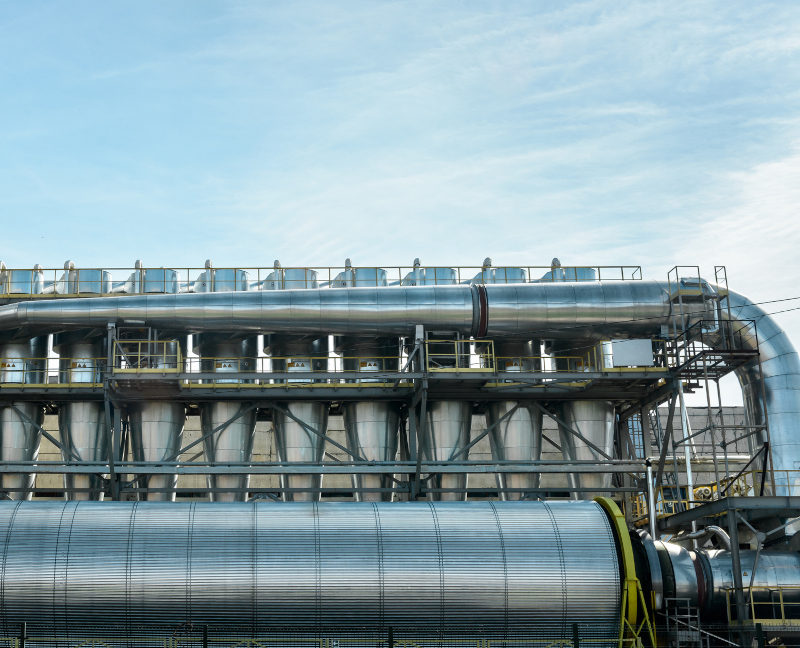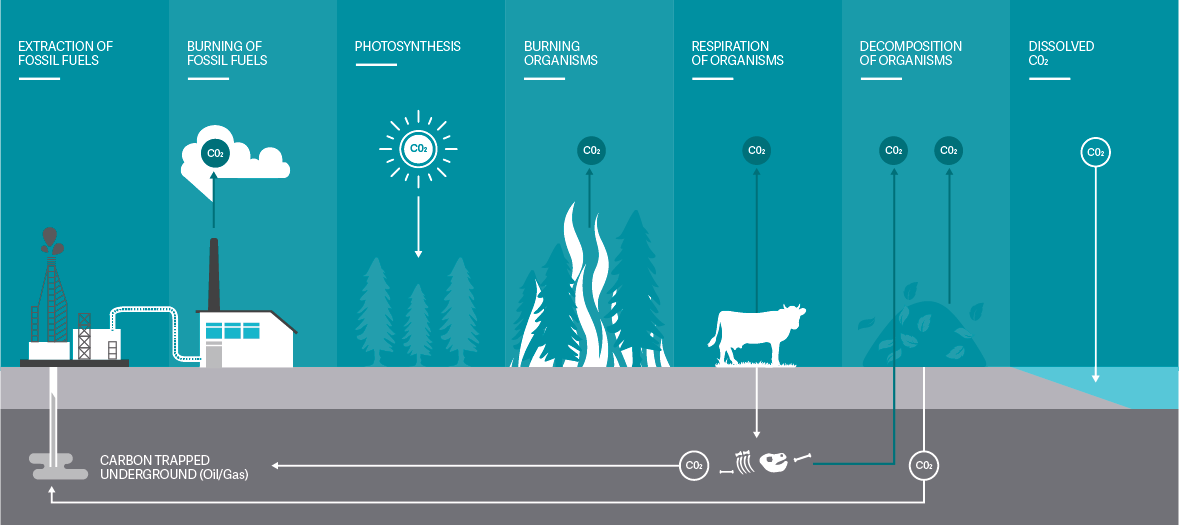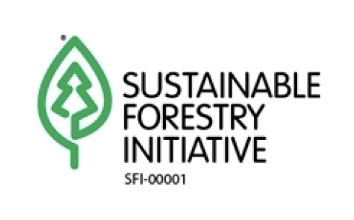RENEWABLE BIOMASS
Spectrum Energy was founded in order to help transition the world towards a more diversified energy supply that facilitates responsible, reliable economic growth while enhancing Climate Resiliency.
CLICK TO LEARN MORE
Spectrum Energy offers exceptional quality wood pellets to fuel your business success.

Our mission is to be a reliable supplier of high-quality wood pellets for renewable baseload power production in global markets and to help our industrial customers meet their renewable energy objectives, while being the most environmentally friendly wood pellet producer in the world.
WOOD PELLETS AND SUSTAINABILITY
Sustainable Forestry Initiative
U.S. & Canadian non-profit, providing solutions to global sustainability challenges
Forest Stewardship Council
Global organization working to protect animal habitats, indigenous rights
Sustainable Biomass Program
Certification system to offer assurance that woody biomass is sourced from sustainable sources

COMMITMENT TO CLIMATE RESILIENCY
Wood pellets make the energy recovery from residual wood fibre possible. The primary operator on the land base is the forest products industry – namely lumber, engineered wood products, and pulp and paper producers. The production of home construction materials produces significant by-products – sawdust, shavings, and wood chips – which if not used to produce other products such as wood pellets, will decompose and release carbon and methane into the atmosphere via the Carbon Life Cycle.
Thus, wood pellets represent the full utilization of the forest resource that would otherwise be composted or burned as a waste product. The conversion and use of renewable wood residuals in energy production means that some portion of non-renewable energy sources in the global energy portfolio can remain untouched. From an energy perspective, there is a material reduction in emissions when using wood pellets vs. fossil fuels – as much as 95%.
Median Published Life Cycle Emissions Factors for Electricity Generation Technologies
Total Emissions (g CO2 e/kWh)
“Published estimates of life cycle GHG emissions for biomass, solar (photovoltaics and concentrating solar power), geothermal, hydropower, ocean, wind (land-based and offshore), nuclear, oil, and coal generation technologies show that electricity generated from Biomass produces far less CO2 emissions per kWh than fossil fuels and is comparable to other renewables including Solar, Geothermal, and Hydro.” SOURCE: NATIONAL RENEWABLE ENERGY LAB

Source: NREL – Life Cycle Greenhouse Report
THE CARBON CYCLE
The natural carbon cycle is the exchange or recycling of carbon between the Earth’s oceans, atmosphere, ecosystem, and geosphere. Carbon is present in the atmosphere primarily as carbon dioxide. Burning fossil fuels contributes to nature’s carbon imbalance. As fossil fuels combust, their carbon that is otherwise trapped in underground reserves is released into the atmosphere and at a faster rate than it can be absorbed through natural processes. As a result, there has been a gradual build-up of carbon in the form of carbon dioxide.


“There is significant, growing demand for renewable wood pellets as an attractive alternative to thermal coal, resulting in lower carbon emissions to help combat climate change.”
HARRY POKRANDT, CHAIRMAN.




